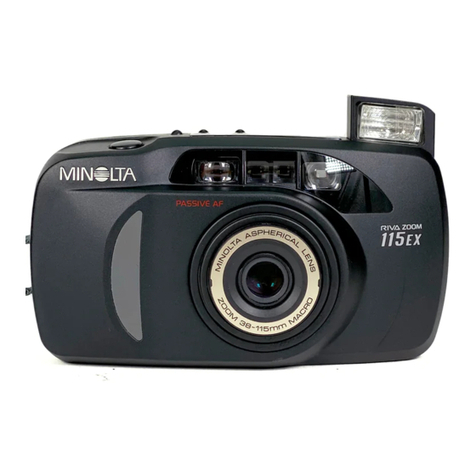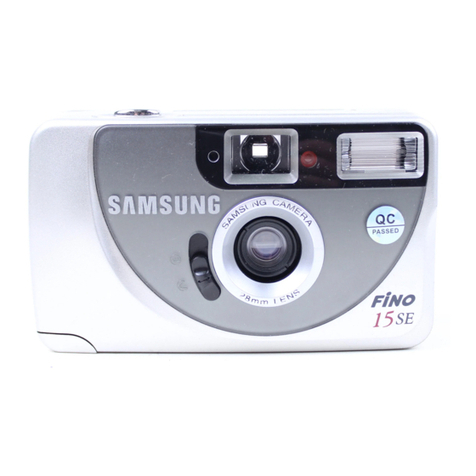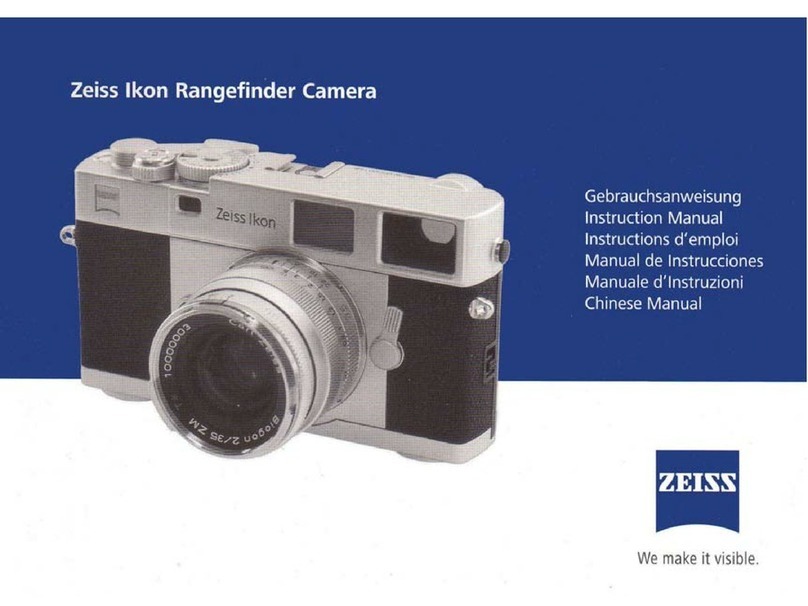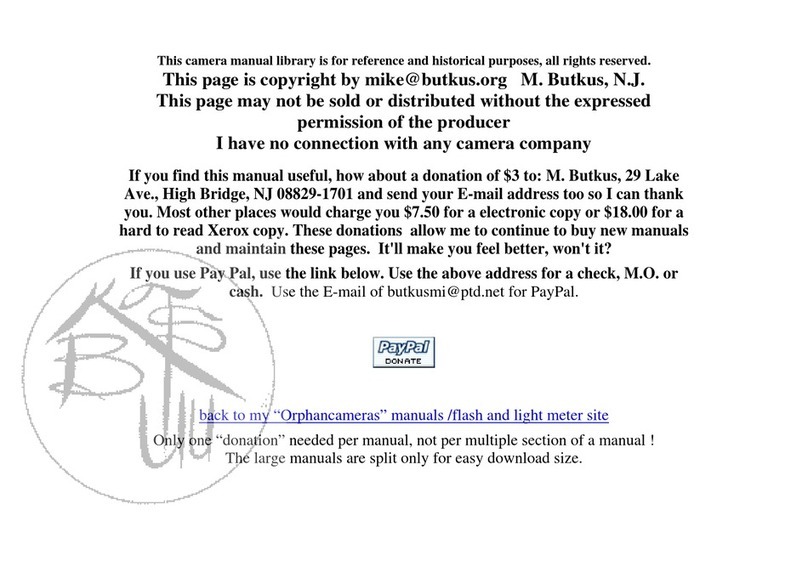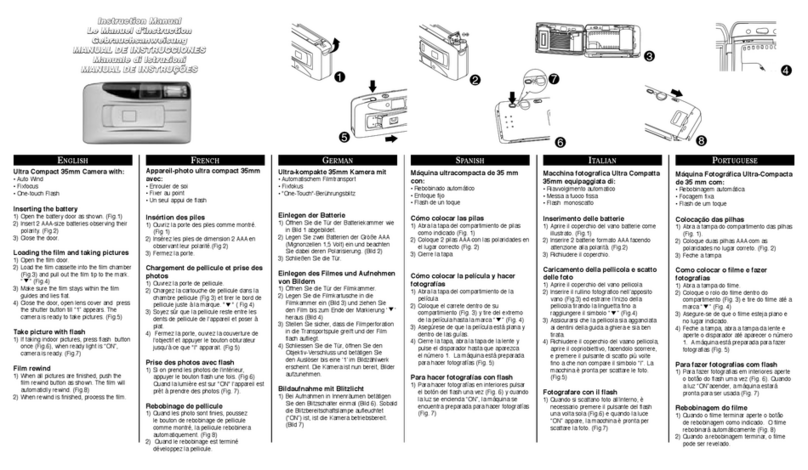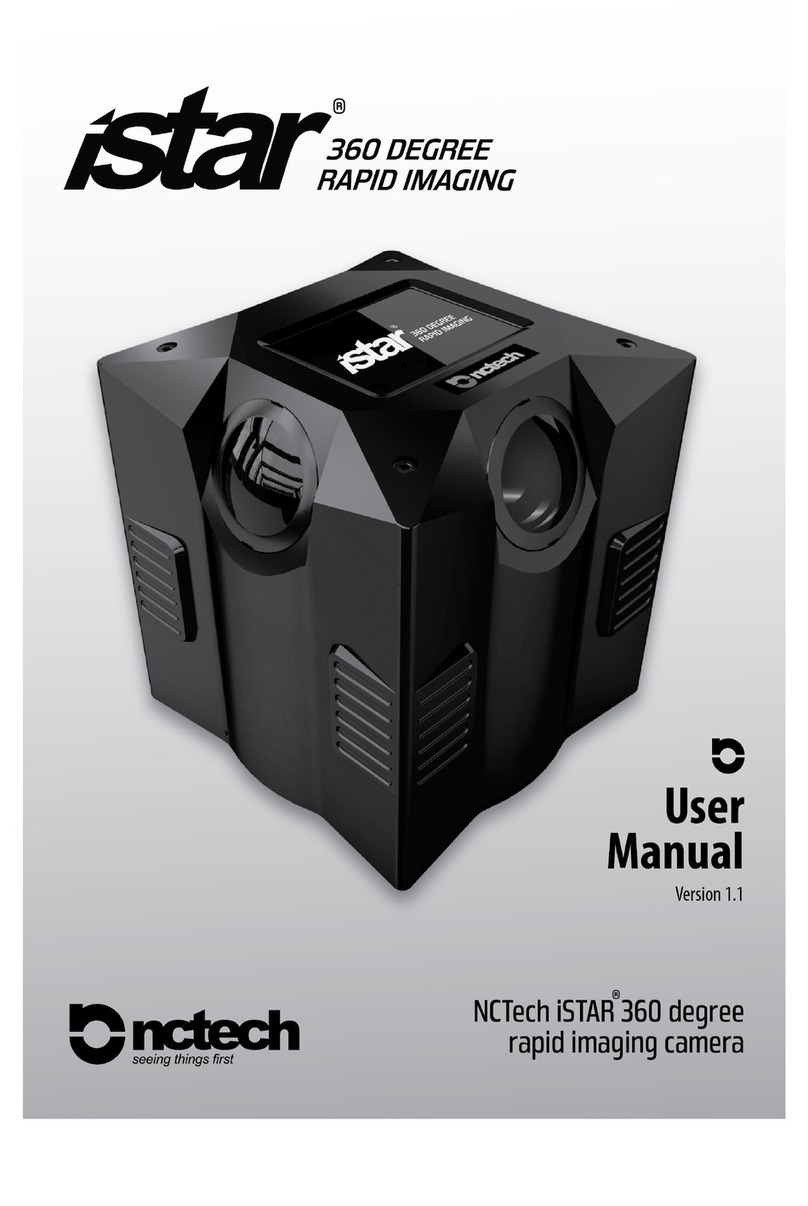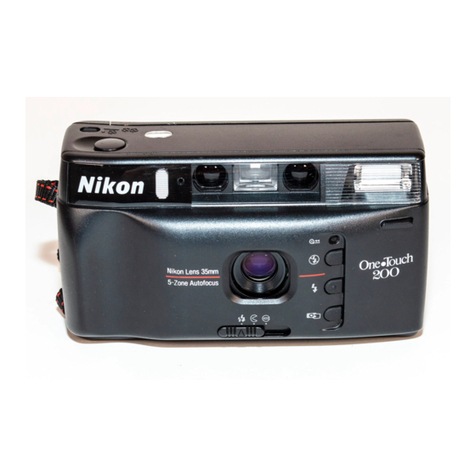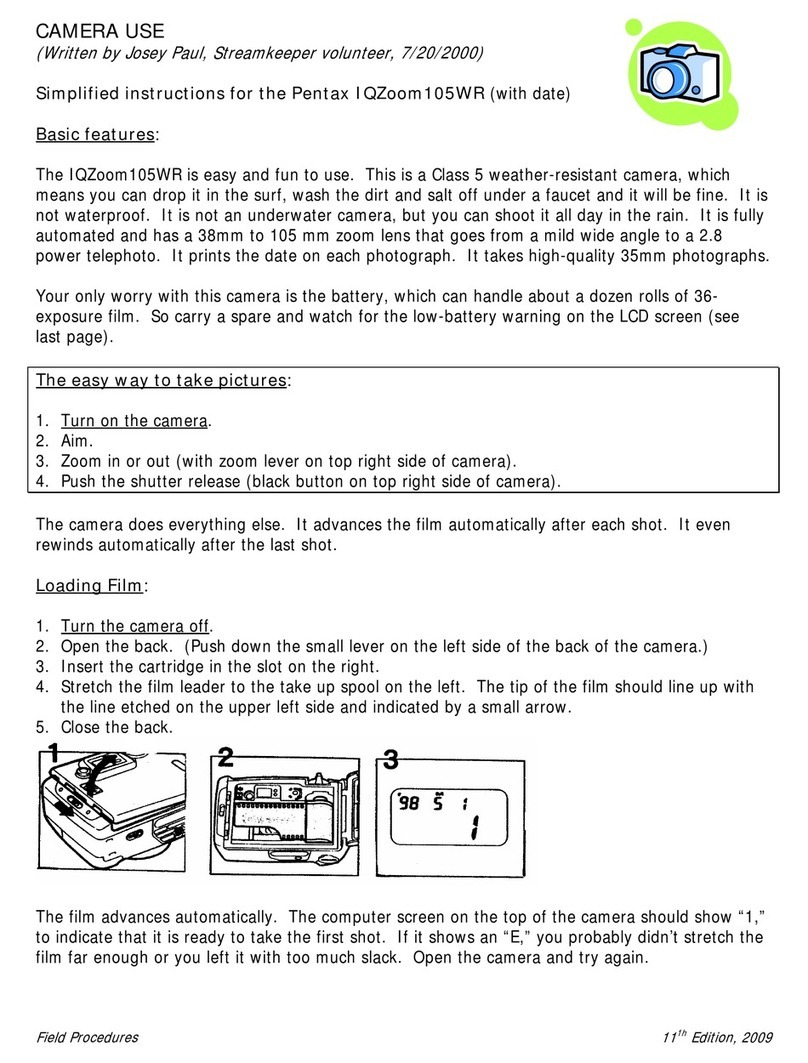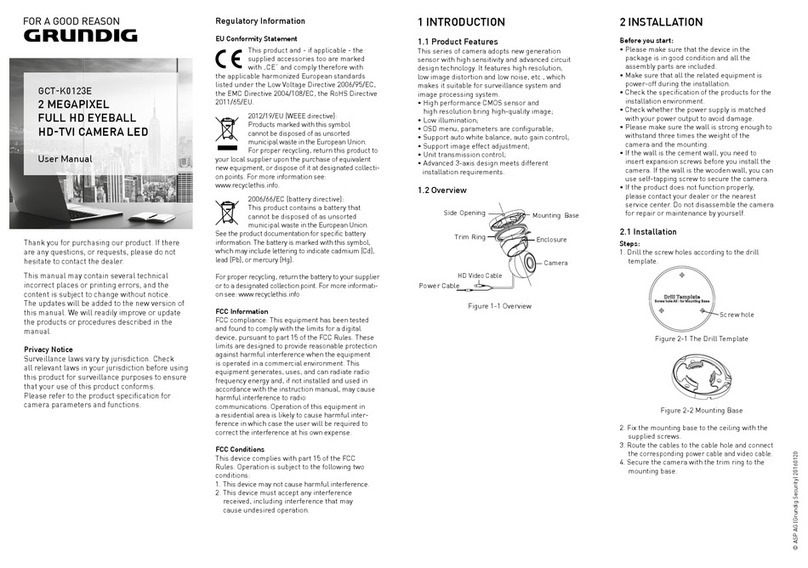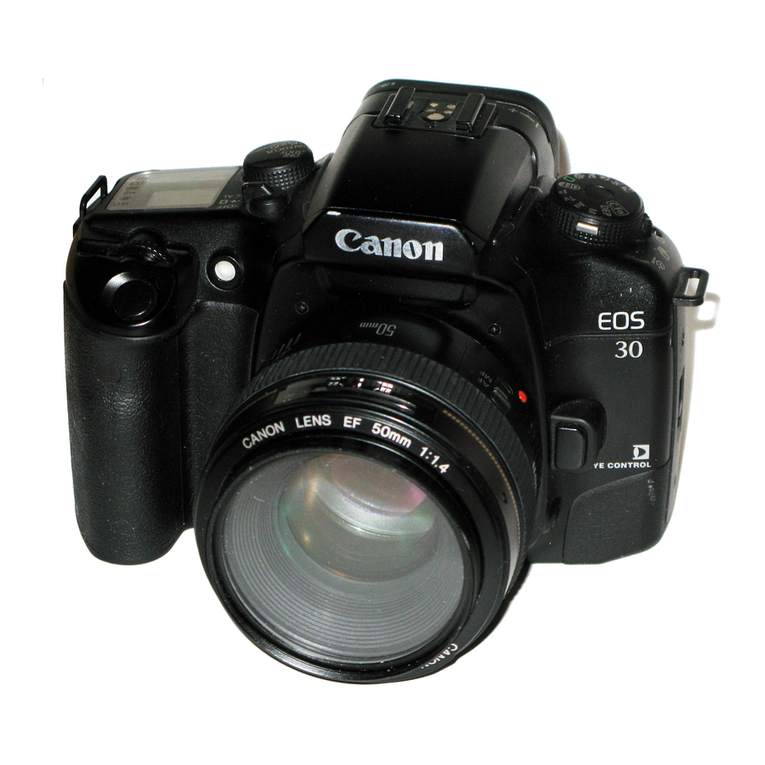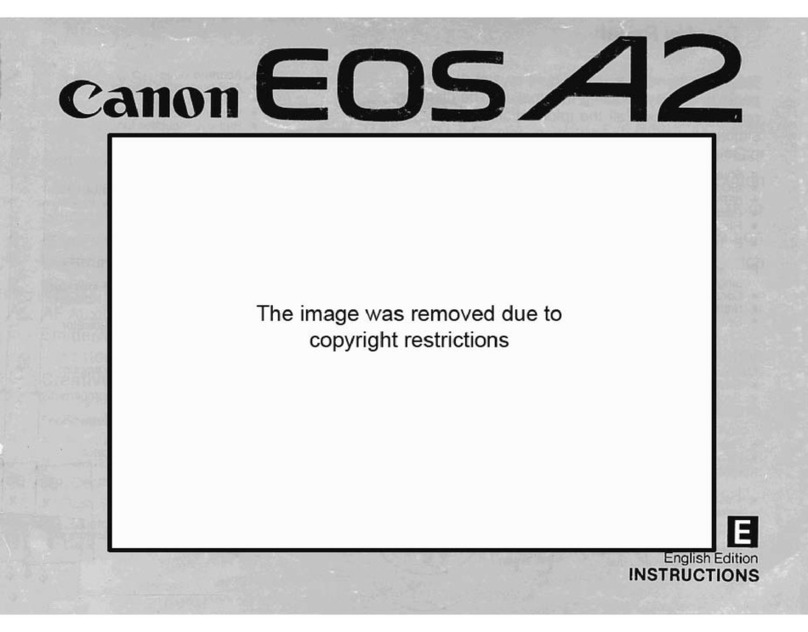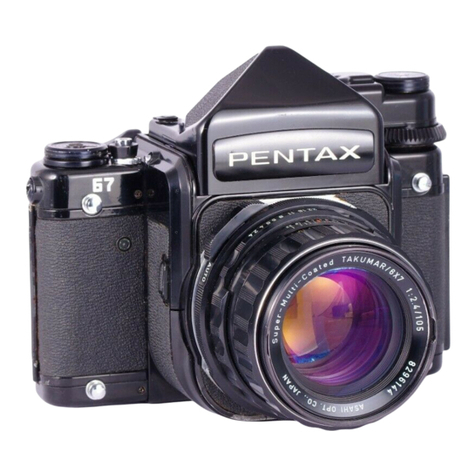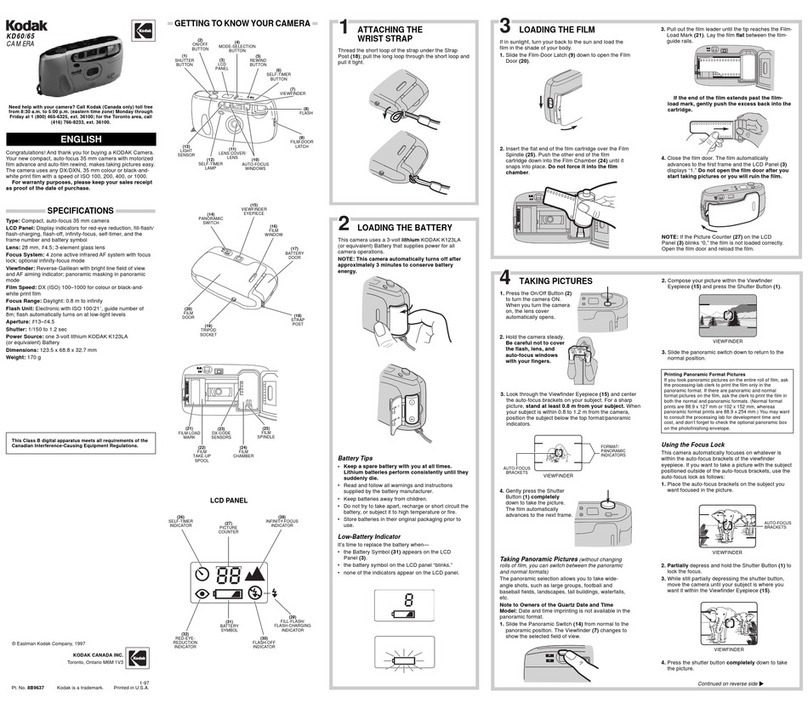HARTBLEI ZENIT-122 Parts list manual

ZENIT-122
Technical Description
1.GENERAL
1.1. PURPOSEAND ADVANTAGES
ZENIT-122 is a35-mmsingle lens reflex cameraintendedfor takingvarious amateurpictures on black-and-white and color
films. It can be usedforspecial kinds of photographyaswell,such as copying,taking close-uppictures of small-sizeobjects
at short distances (ultra-close-up photography),taking pictures with thehelp of amicroscope(photomicrography), etc.
The camera accepts interchangeable lenses with M42x1 screw fittings andmechanical back focal distance of45.5 mm.
The followingfeaturesare remarkable with the camera:
-semi-automatic exposure meteroperating through the lens(TTL system) provides forcorrect exposure setting when taking
pictures withthe standardlens as well as with interchangeable lenses,light filters, supplementarylenses,extensiontubes;
-light-emitting diodes intheviewfinder,indicating correctexposure setting, can be clearly seen both when thediaphragm is
fullyopenand stopped down;
- instant return mirrorensures continuous viewing of asubject beforeandafter exposure;
-highspeed lensis providedwithapre-set diaphragm mechanism whichautomaticallycloses thediaphragm down for the
moment of shutteroperation;
-fully open diaphragm ensures maximumbrightness of theimage in the viewfinder which is very importantforviewing and
focusing;
- composite focusingdevice provides excellent image sharpness invarious conditions of shooting;
-speedyexposure setting, simplified film loadingprocedure and framecounter automatically re-settingto "0"uponpressing
the filmrewing button reduce the time required for preparing the camerafor picture taking;
- built-in self timerenables you to takepicture of yourselves among your friends or tomakeaself-portrait;
-secret lock of the back door interlocked with thefilm rewindknob provides for reliable lockingof theback door and
convenient unloading of the camera;
- flash unit connector socket and hot-shoe enable touse flash units both withcable and cableless connection;
- shutterdisengaging bush ofstay-put type simplifies the film rewindprocedure;
- film-checkingpocketon the camerabody contains characteristics informationof thefilmthe camera is loaded with.
Beforeusingthecamera,makethoroughstudyof thepresent Description.In sodoing bearinmindthatthepresent
Description can not beregarded as a handbook on photography.
Due to ever-advancing development in camera construction, minordifferences mayoccur between the textandyour camera.
1.2. HANDLINGRULES
Thecamerais apreciseoptical-mechanicalinstrument. It should behandled carefully,kept clean and protected from jolts,
dust, moisture,andsharptemperature fluctuations.
Do not removethe camerafrom its case the moment it is brought indoorsfrom cold to avoid sweatingof its part,especially
the optical ones.
Do not touch the surfaces of theoptical parts withfingers since it may damage their coatings.Clean theoptical coated lens
surfaceswithacleansoft clothorcottonwool wad slightlymoistened withrectified alcohol or ether. Thesurfaces of the
mirrorandthe focusingdevice may becleaned only if absolutely necessary withadry soft brush but in nocase with humid
cleaningagents.
Keep the cameraclosed in itscase withthe cap put on thelens.
Do not remove thelensfromthecamerawithoutneed to preventdirt and dust from getting bothonto the surfaces of the
lens optical partsand into the cameraitself.

If you don'tuse your camera forsomeperiodof time (amonth andmore) remove the batteries from thecamera. Keep the
batteries seperately in places inaccessible forchildren.
Load andunload yourcamera eitherindoors orinshadeprotectingit against direct sunlightand brightartificial light.
Always cock theshutter as faras it will go toavoidblank exposures.
Donotkeep the camerawiththeshuttercockedfora long period of time since it is likelyto impairthe shutteroperation.
Do not tryto rotate theshutter speed dialwith theindex moving alongits short sectionfrom "500" to "B". Do
not rotate shutterspeeddial whenself-timeris runningandwhen setting the release buttonin"T" position.
Whentakingpictures in frosty weather, keep the cameraunder yourstreet-clothesbutnot inthe openairand takeit out
only forthe moment ofpicture taking.
Since the camerais acomplex instrument,its repairand adjustment should be performed in repair shops only.
2. SPECIFICATIONS
LensFocal length,mm Maximumaperture Aperture scaleDistance scale, m
HELIOS-44M-4 58 f/2 2to16 0.5 tooo
MC HELIOS-44M-458 f/2 2to16 0.5 tooo
HELIOS-44M-5 58 f/2 2to16 0.5 tooo
MC HELIOS-44M-558 f/2 2to16 0.5 tooo
MC HELIOS-44M-658 f/2 2to16 0.5 tooo
HELIOS-44M-6 58 f/2 2to16 0.5 tooo
MC HELIOS-44M-758 f/2 2to16 0.5 tooo
MC HELIOS-77M-452 f/1.8 1.8 to16 0.45 tooo
MC ZENITAR-M 1.9/50 50 f/1.9 1.9 to16 0.45 tooo
Frame size, mm 24x36
Filmused 35 mm, perforated
Lengthof film incassette, m 1.65
Numberof frames 36
Shutterspeeds, s from 1/30to 1/500,"B"(by hand) andlongexposure
Lens fitting M42x1
Light filterfitting M52x0.75
Sun shade fitting, mm diameter54
Viewfinderfieldof view, mm 20x28
Eyepiece magnification 4.3x
Flange/film distance, mm 45.5
Tripod bush thread 1/4"
Overall dimensions(without case), mm 142x97x99
Powersupply voltage, V 3 (2x1.5)
Powersupply from 2 batteriesofMallory D 386, Seiko SB-B8,SC-32,MC0.105types
Mass, kg 0.82
2.1. CAMERA DESIGN
1.self-timercocking handwheel
2.self-timerrelease button
3.self-timerwindow
4.flashunit connectorsocket
5.release buttonthreaded for cable release
6.shutter disengagingknob of put-stay type
7.shoefor mounting flash units andother accessories
8.eyeletof strap securing
9.film check pocket
10. lens
11. film rewindknob
12. film rewindcrank
13. film speeddial
14. film speedscale
15. film speedindex mark
16. protective strip
17. shutter speeddial
18. shutter speedindex mark
19. shutter cockingandfilm advance lever
20. film counter
21. cassette chamber
22. batterycompartment end cap
23. viewfindereyepiece
24. sprocketteeth

25. take-up spool
26. back door
27. distance scale
28. depth-of-field scale
29. aperture scale
30. lens mounting ring
31. control pin
32. aperture setting ring
33. focusingring
2.2. CAMERA LOADING
Put the batteries into the camerainthefollowing way: turn cap 22 counter-clockwise as far as it will go, removethecap and
take outtheexhausted batteriesshould therebe any. Putnew batteries into thecompartmentwithsigns "+" outward
(upwards). Replace the cap and turn it clockwise as far as itwill go.
Check the indicating light for operation. To do this, lookingthrough the viewfinder eyepiece press the release button 5till a
definite stopis felt.If thelight-emittingdiodes (one or both)light up it means that thepowersupply operates properly.
Load the camerawithfilm inthe followingway:
- lift the filmrewindcrank 12,pull out the rewind knob 11 as far as it will go,andopenthe cameraback door;
- put a loaded cassette intothe chamber 21;
- returnthe rewindknob11to alockedposition slightlyturning it,if required, to let the spool guide enter the cassette;
-draw out a film leader aslongas to reachthe camera edgeandinsertit into theslot of the take-up spool 25;in so doing
makesurethat sprocket 24toothengage afilm perforationhole;
- close theback door26, tightlypressing it to make the lock latch;
-to transport anonexposed portion offilm to the film gate,cock and firetheshutter twice.Indoingso theframe counter
should beset at "0".
Should the film be wound up tightlyinthecassette, the rewindknob will rotate when theshutter is being cocked. If the film
is looseinthe cassette, therewind knob will fail to rotate at the firstframes;
-set the speed of the film loaded in thecameraby turningdial 13 till acorrespondingfilm speed valueis clock-stopped
against the index mark15.
Bearinmind that wrong setting of the filmspeedwith the dial 13 will resultinwrong exposure.
Reference Table of Film SpeedUnits
Designation
on film
speed scale
16 253250 64100 125 200250 400 500
GOST/ISO16 2025324050 6480100 125 160200250 320 400 500 640
DIN 13 1415161718 19202122 232425262728 29
2.3. SHUTTERSPEEDSETTING
Turntheshutterspeed dial17to bringaselected shutterspeed opposite to the index mark18on thecamera top plate. In
so doingthedial is clock-stopped.Figures on theshutterspeeddialshowshutterspeeds in correspondingfractures of a
secondand "B" indicatesahand-controlledshutterspeed. Shutter speeds can be set withtheshutter bothcocked and
released.Whentakingpictures at"B"the shutter remainsopenfor aslongasthe releasebutton5is presseddown.To
obtain alongexposure turnthedepressed release buttoncounter-clockwise asfar asit will go ("T" position).The exposure
over,return the release button to its normal(middle) positionandrelease it.This will result in closing the shutter.
To takeapictureat "B"orlong exposures oneis recommended to useacable release which canbe screwed into the release
button thread. Inso doing the camerashould be mounted on a tripod.
2.4. STOPSETTING
Set a selected aperture against the index mark byturning the aperture settingring32.
Whentakingpictureswith aself-timer,the procedureof stop settingis somewhatdifferent asdescribed in the section
"Operating the Self-Timer"
2.5. FOCUSING
Thecamera viewfinderis provided with a composite focusing device consistingofmicroprism collar andground glass collar or
focusingwedges, microprism collarand groundglass collar.Focusingshould bedone atall distances includinginfinity (oo).
Beforeshooting removethelens cap. Looking through the viewfinder turn the lensfocusing ring to obtainsharp image of the
object withintheground glass andmicroprism collars andforcameras withfocusingwedges to matchthe upper and lower
parts of the split image. Thebest sharpness is obtained whenfocusingis done at full aperture.
Itshould be noted thatthe focusingwedgesandmicroprism collar, ensuring the best possible focusing, are of nouse when
lowspeedinterchangeablelenses areusedandfocusingis doneatapertures morethan4.In these cases aswell as in
photomicrographyand macrophotography focusing should be done ontheground glass collar.
Focusing canbe done as well without looking in the viewfinder.To do this turn thefocusing ring and, making use of distance
scale27, set thedistance from the film planemarked -o- on the cameratop plate tothesubject beingshotagainst the
larger index mark.

Thesmaller index mark with letter "R"is used forshootingon infra-red films.Insuchacase you focusthe imageand
introduce a correction by bringing thedistancefigureyouhaveobtainedoppositeto the indexmark "R".
Focusing over,youcan determine distances from thefilm planeto thenear and farlimits of thedepth of field makinguseof
scales 27and28.On scale 27 againsttwo identical figures of scale 28 corresponsing to theaperturewith whichyouare
going totakepictures therewill be set two figures,indicatingthe distance rangewithinwhichall thesubjects will be sharp
onfilm. For example,the lens is focused for 3 mand the aperture to be used is that of8. Insuch acase on scale 27 against
two figures 8 of scale 28 youcanread that the image will be sharp within the distance range of2.3 to 4.5m.
Approximate depth-of-field limits canbedetermined visually aswell by pressingthereleasebutton till adefinitestop is felt
with the aperturevalue setbeforehand. Ontheground glass collar of theviewfinder you will see whatsubjects will besharp
onfilm.
2.6. EXPOSURESETTINGWITH THEHELPOFEXPOSURE METER
Thecamera semi-automatic exposuremeter measures the light passingthrough the lens (TTL system). As aresult, making
use of various combinations of aperture andshutterspeed values, you canset the exposuredependingupon the brightness
of anobjectandthe speed offilm being used with ahigh degree of accuracy. Itremains true aswellwhen interchangeable
lenses,lightfilters,supplementary lenses andextensiontubes are used.For more accurateexposuredetermination in
conditionsof poor brightness of the subject to bephotographed the lens capshouldberemovedabit earlier,before
shooting.
Lookingthroughthe viewfinder eyepiece insuchaway that thewhole its framecould beclearly seen,press therelease
button4till a definitestop is felt but not till theshutter"firing",should it be cocked,and hold thebutton inthis position. On
the right-handside ofthe viewfinder light- emitting diodes canbe seen.
There are two modifications of cameras:onewith tworedandthe other one green andtwored diodes.
1. Exposure settingincameras withtwo-diode indication.
Lightingoftheupper diodeindicates over-exposureand thelower one -underexposure.Turnthe aperture setting ring32
and theshutterspeed dial17 till themoment whenboth of thediodesarelighting.It indicatesthebestpossible combination
ofthe shutterspeed andapertureprovidingforcorrectexposure. However, if you fail to obtain simulnateous blinking of both
of the diodes,and changing theshutter speed andaperturevaluesoverbetweenthetwoneighbouring onesresults in
switchingfromone diodeto the other,you may selectoneof thesevalues. In suchcase the exposure will still be acceptably
correct.
2. Exposure settingincameras withthree-diode indication.
Lightingof theupper (red) diode indicatesover-exposureandof the lower (red)one -under-exposure. Turn theaperture
settingring 32 andshutter speed dial 17till the moment whenthemiddle (green) diode is lighting continuously. It indicates
the bestpossiblecombination of theshutter speed andaperture providing for correctexposure. However,if you fail to obtain
continuous blinking of the middle (green)diode, andchanging the shutter speed andaperturevalues overbetween thetwo
neighbouring ones results in switching the lightingfrom onereddiodeto the otherred one, you may select oneof these
values. In suchacase the exposurewill be still acceptably correct.
2.7. PICTURETAKING
Havingprepared thecamerafor picturetaking,cock theshutter,make sure ofcorrectfocusing, framing andexposure
settingand smoothly pressthe release button to take a picture.
BEAR IN MINDthat sharppressureonthereleasebuttonresultsin camera shaking at the momentof exposure andthusin
blurringof the picture.
Whentaking picturesseeto it that index marks on therelease button and thecameratop plate (between"T" and"V")
should belinedup.
To take apicturewithlong exposure mount thecameraon atripod, set the shutter speed dial 17at"B",slightlypress
release button5(theshutter should beset beforehand in the"ready to fire" position) and turn itcounter-clockwise asfar as
it will go ("T" position).
Theexposure over, returnthe button to its normal (middle) positionand release it. As aresult the shutterwill close.
2.8. CAMERA UNLOADING
When theexposure countershowsfigure 36, rewind thefilm into thecassette.
To do this:
- release the shutter, pressing releasebutton 5;
- press bush 6 downwards as faras it will go;
-flip opencrank12 and rotateit in thearrow directionuntil thefilm leavesthetake-up spool.Tryandrotatethecrank
smoothly,without jerks, andnot toofast to avoid traces of static electricityon film;
- pullrewind knob 11 all thewayout, open the back doorand remove the cassette;
- turnthe cockinglever19and, holding the sprocket teeth24 withyour finger,make surethat it is engaged.
Do not tryto takemorethan36shots. However if it hashappened andthefilm,fixed inthecassette,prevents full shutter
cocking,unload the camerainthe followingway:
- press button 6 andhold it down rewinding the filminto the cassette;
- remove the cassette;

- cock andfirethe shutter;
- press button 6 to reset the frame counter to"0".
2.9. OPERATINGTHESELF-TIMER
To use self-timer mount the cameraon a tripod, then do the following:
- focus the image;
-press therelease button 5till adefinitestop is felt and turnit clockwise ("V" position).This will enableyouto setthe
aperture manually since the diaphragmdoes not operate automatically when the self-timeris used;
- setthe aperture and the shutter speed;
- cock the shutter
-windtheself-timerbyturning lever 1downwardsas far asit will go in thedirectionof the cameratop plate. Red light in
the self-timerwindowindicates that the self-timermechanism is not cocked, greenlightindicates that it is cocked;
-press the self-timerrelease button 2and takeyourplace in front ofthelens.The shutter will operate nosoonerthan in 7
seconds after pressingthe button;
- self-timeroperation over, return button5to its home position.
2.10. TAKINGFLASH PICTURES
Thecamerashutter is synchronized for use withelectronic flashes. To connectaflashunit withthe camera,the latteris
fittedwithsocket 4on the front wall of the camera.
The camera design provides as well forcableless connection of flash units. Forthis aim it is fitted with hot-shoe 7.
Before mountinga flashunit onthe cameraremove protectivestrip16fromshoe 7.
The shutter speed of 1/30 s onlycanbe used forflash photography.
Theaperture is selected in accordance with theinstructions given in theInstruction Manual on a flash unitbeingused.
2.11. INTERCHANGEABLELENSESANDCLOSE-UPSHOOTING
Thecameraacceptsinterchangeable lensesprovided with M42x1 mountingthreadandmechanicalback focal distance of
45.5mm.
Thelenses withindex mark"MC"areprovided withmulticoating of optical surfacesthat ensures better protection against
reflexes (halos,glares, andlightspots)when taking pictures ofobjectswithsharply heterogenousillumination againstlight
aswell as improves color rendition.
If an interchangeablelenshas no automatic diaphragm, thediaphragm can behandled manually. If apictureis taken with a
long-focus lens, theleft-handandright-handed edges of the framewill be slightly cut off.
With the help of a special stand the camera canbe usedfor making copies of drawings, manuscripts, photographs. To dothis
useshould bemade of extension tubes my setting them betweenthecamerabody and the lens. To obtainthemagnification
youwant eitheroneofacombinationofsome tubes can be used.
Extension tubes provided withacontrol pin should be used with lenses where no diaphragm manual mode switch is provided
(HELIOS-44M-4, forexample).
Extension tubes withoutcontrolpins should be used with the lenses in whichtheapertureis set manually (thediaphragm
mode selector switchshould be set to "M").
Interchangeable Lenses
Lensname focal length in mm relative apertureangle offield ofviewminimumfocusing distance
in m
(MC)Mir20M 20 f/3.5 96°0.18
Mir-10A 28 f/3.5 75°0.20
MC Mir-24M 35 f/266°0.30
MC Industar-61 50 f/2.8 45°0.30
Helios-40-2 85 f/1.5 28°0.80
(MC)Jupiter-9 85 f/228°0.80
Tair-11A 135 f/2.8 18°1.20
(MC)Jupiter-37A 135 f/3.5 18°1.20
MC Granit-11M 80-200 f/4.5 30°-12°1.50
Jupiter-21M 200 f/412°1.80
ZM-6A 500 f/6.3 5° 6.0
MC MTO-11 CA 1000 f/102°30' 8.0

Table of contents

